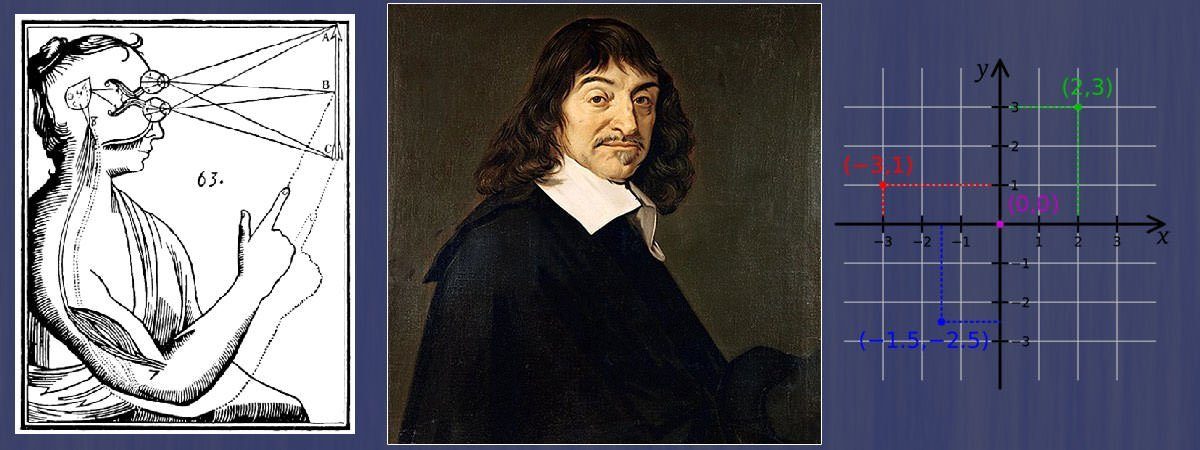René Descartes (1596 – 1650) is widely regarded as the father of modern western philosophy. Apart from other things, he wrote some of the most influential works of modern philosophy which are still studied in universities across the world. He also formulated theories, developed concepts and made statements which became fundamental to Western philosophy. These include his most famous statement: “I think, therefore I am”. Apart from his work in philosophy, Descartes was a leading mathematician and scientist. He invented the Cartesian coordinate system, developed analytic geometry and laid the foundation for the development of calculus. He also did groundbreaking work in physics most prominently in the field of optics. Know more about the contribution of Rene Descartes to philosophy, mathematics and science through his 10 major accomplishments.
#1 HE WROTE ONE OF THE MOST INFLUENTIAL WORKS OF MODERN PHILOSOPHY
In 1637, the Discourse on the Method by Rene Descartes was published. The book was divided into six parts: considerations to understand natural sciences; the rules that defined the method used by the author; the maxims and morals accepted to be the basis of the method; proof of soul and god; and the understanding of physics, the human heart and soul of all living objects. The book also had three accompanying essays: Dioptrics; The Meteors; and Geometry. Discourse on the Method is one of the most influential works in the history of modern philosophy. Its most important influence is perhaps the first rule that defines the method, which states, “never to accept anything for true which I did not clearly know to be such.” This method of skepticism is considered to be the start of modern philosophy.
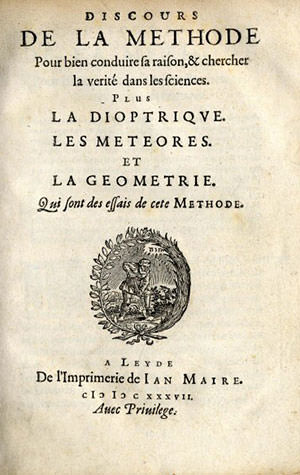
#2 HIS STATEMENT “I THINK, THEREFORE I AM” BECAME FUNDAMENTAL TO WESTERN PHILOSOPHY
Discourse on the Method contains the best known philosophical statement of Rene Descartes, i.e. Cogito ergo sum (“I think, therefore I am”). He further explained this statement as if he doubted, then something or someone must be doing the doubting; therefore the very fact that he doubted proved his existence. This proposition went on to become a fundamental element of Western philosophy. This was because it formed a secure foundation for knowledge in the face of radical doubt. While other knowledge could be a figment of imagination, deception, or mistake, Descartes asserted that the very act of doubting one’s own existence served, at minimum, as proof of the reality of one’s own mind; there must be a thinking entity, in this case the self, for there to be a thought.

#3 HE INVENTED THE INFLUENTIAL CARTESIAN COORDINATE SYSTEM
La Géométrie (Geometry) is the groundbreaking work of Descartes in mathematics. It was published in 1637 as one of the appendices of Discourse on the Method. In La Géométrie, Descartes first proposed that each point in two dimensions can be described by two numbers on a plane, one giving the point’s horizontal location and the other giving the vertical location. He thus invented the Cartesian coordinate system, which forms the foundation of analytic geometry. It also provides geometric interpretations for other branches of mathematics, such as linear algebra, complex analysis, differential geometry, multivariate calculus, group theory and more. In La Géométrie, Descartes also introduced what later became the standard algebraic notation: using lowercase a, b and c for known quantities and x, y and z for unknown quantities.
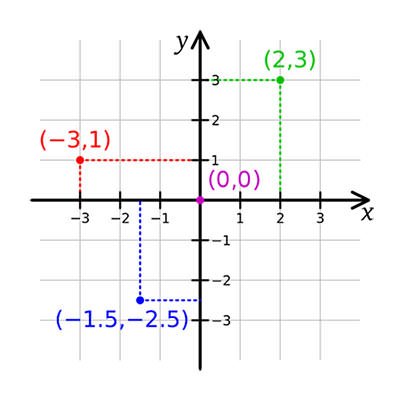
#4 He IS REGARDED AS THE FATHER OF ANALYTIC GEOMETRY
Analytic geometry, also known as Cartesian geometry after Rene Descartes, is the study of geometry using the Cartesian coordinate system. It allowed for the first time the conversion of geometry into algebra; and vice versa. Any algebraic equation can be represented on the Cartesian plane by plotting on it the solution set of the equation. Also, it allows transforming geometric shapes into algebraic equations. Analytic geometry is widely used in physics and engineering, and also in aviation, rocketry, space science and spaceflight. It is the foundation of most modern fields of geometry, including algebraic, differential, discrete and computational geometry. Analytic geometry is by far Descartes’ most important contribution to mathematics. He is widely considered as the father of analytic geometry.
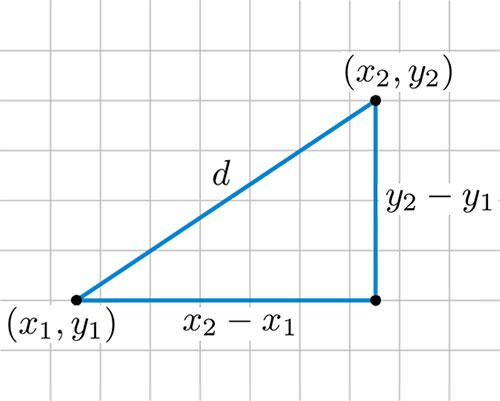
#5 HIS MATHEMATICAL WORK LAID THE BASIS FOR CALCULUS
Analytic geometry of Descartes laid the foundation for the development of calculus by Isaac Newton and Gottfried Leibniz. It also unlocked the possibility of navigating geometries of higher dimensions. Thus, the work of Descartes in mathematics transformed the field forever. Apart from analytic geometry, Descartes developed his rule of signs, a technique for determining the number of positive or negative real roots of a polynomial. He was also the first to use a standard notation for the superscripts to denote powers, that is he was the first to denote the variable x-squared as x2. Amicable numbers are two different numbers so related that the sum of the proper divisors of each is equal to the other number. Rene Descartes independently discovered the general formula for amicable numbers. This formula is known as Thabit ibn Qurra’s formula, after an Arab mathematician who discovered it several centuries before Descartes.
#6 HE HAD AN INFLUENTIAL ROLE IN DEVELOPMENT OF MODERN PHYSICS
Rene Descartes contributed significantly to the development of modern physics. Most importantly, he provided the first distinctly modern formulation of laws of nature. His first law states “that each thing always remains in the same state; and consequently, when it is once moved, it always continues to move” while his second law holds that “all movement is, of itself, along straight lines”. These two laws of Descartes were later incorporated into Newton’s first law of motion. Descartes’ third law addresses the behavior of bodies when they collide. Apart from these laws, Descartes discovered an early form of the law of conservation of mechanical momentum. He also made important contributions to the field of optics, primarily through his treatise Dioptrique. He discovered the law of refraction, known as Snell’s law or Snell–Descartes law. He used it to show that the angular radius of a rainbow is 42 degrees. Descartes also independently discovered the law of reflection and his essay Dioptrique was the first published mention of this law.
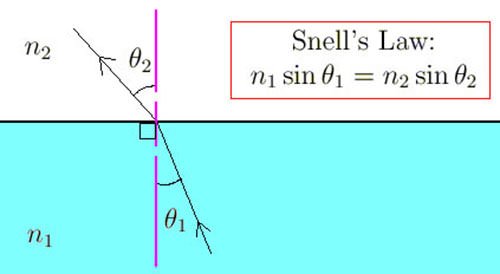
#7 HIS MEDITATIONS ON FIRST PHILOSOPHY HAD A HUGE IMPACT
In 1641, philosophical treatise by Rene Descartes titled Meditations on First Philosophy, was published. The book contains six meditations, in which Descartes first discards all belief in things that are not absolutely certain, and then tries to establish what can be known for sure. Methodic doubt or Cartesian doubt is a systematic process of being skeptical about the truth of one’s beliefs. The first two of Descartes’ Meditations formulate his famous methodic doubt. They are considered hugely important and represent the portion of Descartes’s writings that most influenced modern philosophy. Though them Descartes shifted the debate from “what is true” to “of what can I be certain?”. Arguably, this may imply shifting the authoritative guarantor of truth from God to humanity. The first two Meditations of Descartes are considered as an unavoidable first step for any modern philosophical thinking.
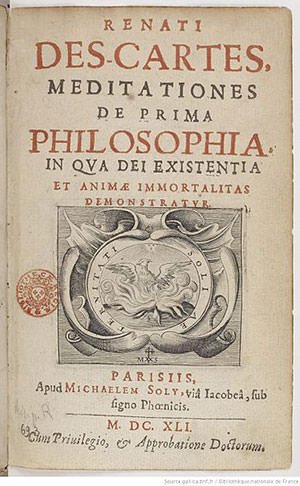
#8 DESCARTES WAS THE FIRST TO FORMULATE THE MIND–BODY PROBLEM IN ITS MODERN FORM
The mind–body problem is a philosophical problem concerning the relationship between the human mind and body. Rene Descartes was the first modern western philosopher to address this problem. He formulated the first modern version of mind-body dualism known as Cartesian dualism. Descartes philosophized that mind and body are really distinct. He reached this conclusion by arguing that the nature of the mind is completely different from that of the body and therefore it is possible for one to exist without the other. According to him, the mind is a thinking, non-extended thing while the body is an extended, non-thinking thing. Descartes also clearly identified the mind with consciousness and self-awareness; and distinguished it from the brain as the seat of intelligence. Cartesian dualism set the agenda for philosophical discussion of the mind–body problem for many years after Descartes’s death. It had a considerable impact on subsequent western philosophy.
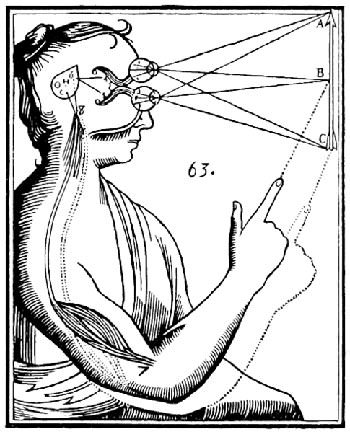
#9 HE PLAYED A KEY ROLE IN PROPAGATING THE THEORY OF FOUNDATIONALISM
Epistemology is a branch of philosophy concerned with the nature of knowledge, justification and the rationality of belief. The regress argument is a problem in epistemology. According to this argument, any proposition requires a justification. However, any justification itself requires support. This means that any proposition whatsoever can be endlessly questioned. Foundationalism is a theory which responds to the regress problem by asserting that certain “foundations” or “basic beliefs” support other beliefs but do not themselves require justification from other beliefs. These basic beliefs are said to be self-justifying or self-evident, and thus they do not need to be justified by other beliefs. Rene Descartes is the best known foundationalist as he was the first to provide a rigorous concept for the theory. He discovered a foundation in the fact of his own existence and in the “clear and distinct” ideas of reason.
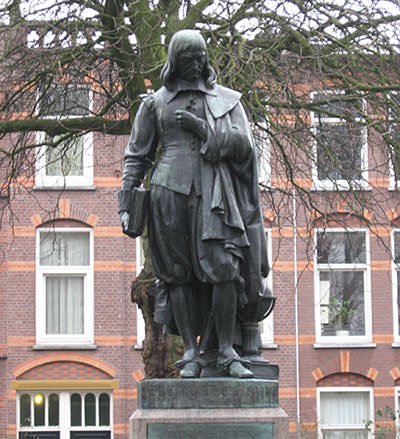
#10 He IS CONSIDERED THE FATHER OF MODERN WESTERN PHILOSOPHY
Descartes refused to accept the authority of previous philosophers. He went on so far as to state that he will write on this topic “as if no one had written on these matters before”. Descartes laid the foundations for rationalism, the philosophical view that “regards reason as the chief source and test of knowledge”. His most important contributions to philosophy include formulating the first modern version of mind-body dualism; inventing an original system based on methodic doubt; and shifting the focus in philosophy from “what is true” to “of what can I be certain?”. For his tremendous achievements in the field, Rene Descartes is regarded as the father of modern western philosophy. Much of subsequent Western philosophy is a response to his writings. His philosophical works, especially Meditations on First Philosophy, continue to be studied at the philosophy departments of most universities.

